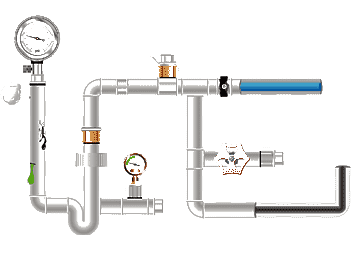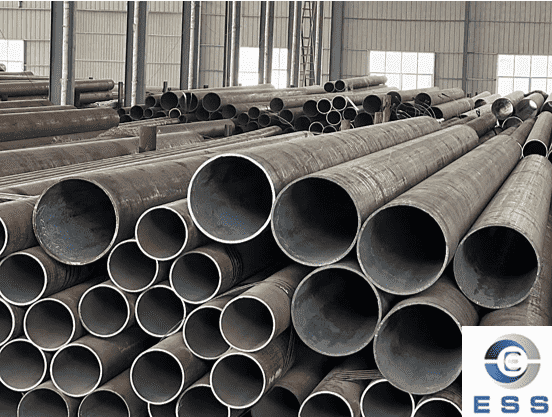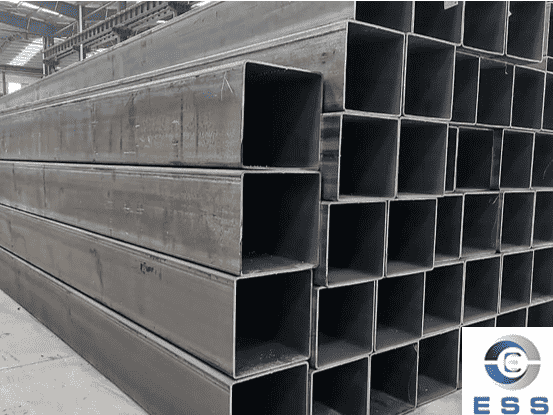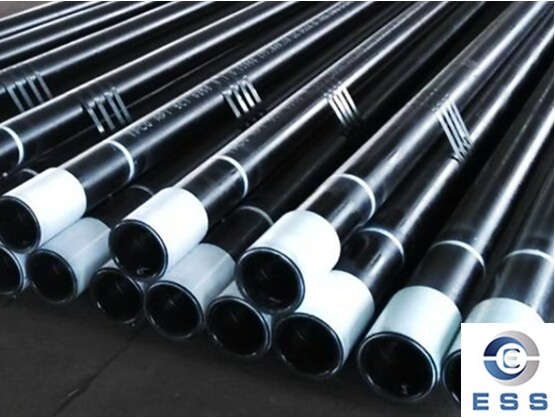Mild
steel pipe is a type of carbon
steel pipe. Mild steel pipe has a carbon content of less than 0.25%. It is also
called soft steel because of its low strength, low hardness and softness.
Common bending forms of mild steel tube mainly include four types: pressing,
rolling, return bending and extrusion bending. These methods have their own
characteristics and are suitable for different bending requirements and
material properties.
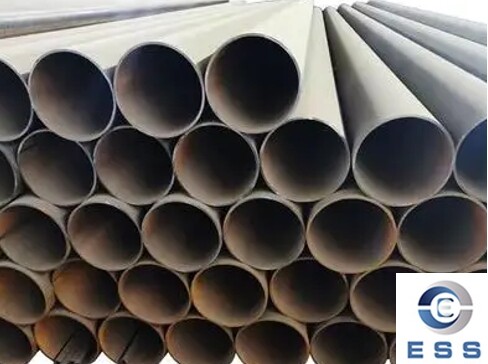
Pipe Pressing
This bending method does not require
special molds and can be completed on a press.
The pipe pressing method is simple and
suitable for situations where the curvature radius does not need to be
precisely controlled.
The bending radius is typically 3 to 5
times the mild steel pipe's outer diameter (R ≈ 3D to
5D).
A disadvantage is that the bend is prone to
elliptical deformation or wall thinning, requiring a support mandrel to improve
forming quality.
Rolling
On a plate rolling machine or a steel
bending machine, a grooved roller is used for bending to obtain a bending
effect with uniform curvature.
Rolling is suitable for occasions where a
larger radius bending is required or where precise curvature requirements are
required.
Highly precise control of bend angles and
radii.
Commonly used in the manufacture of curved
structural components, heat exchanger coils, and building steel structures.
Key Process Points: To prevent mild steel
pipe wall instability, sand filling or support core rods are typically placed
inside the mild steel pipe. Multiple, step-by-step rolling processes are
employed to ensure uniform wall thickness and prevent cross-sectional
deformation.
Return Bending
It includes rolling return bending and
drawing return bending.
The former is bent on a vertical or
horizontal pipe bending machine, and the latter is also bent on a vertical or
horizontal pipe bending machine, but the clamping should be tighter to generate
longitudinal tension.
Return bending is suitable for bending
requirements that require a larger curvature change or a specific shape.
Can bend pipes with multiple curvatures,
continuous arcs, or curved shapes.
It is suitable for automotive exhaust
systems, hydraulic circuits, heat exchanger coils, and more.
It requires high equipment requirements but
significantly reduces deformation and springback.
Extrusion Bending
Including mold extrusion bending and
mandrel extrusion bending.
The former has a regular cross-sectional
shape of the mild steel pipe and is generally cold extruded; the latter is
generally hot extruded and is suitable for bending that requires higher
precision and specific shapes.
High bending precision, with virtually no
elliptical cross-section deformation after forming.
Bending radius can be as small as 1.5D to
2D.
Commonly used in high-pressure fluid pipes,
aerospace piping, precision hydraulic systems, and other fields.
Deformation Properties and Basics of Low
Carbon Steel
Low carbon steel (carbon content ≤ 0.25%) is widely used in construction, automotive, and machinery
manufacturing due to its high plasticity, low strength, and easy machinability.
Its deformability is closely related to the following properties:
1. Yield Strength
Typically ranges from 210-550 MPa;
exceeding this value results in permanent deformation.
2. Elongation
Can reach 20%-40%, indicating resistance to
fracture under tension.
3. Anisotropy
Rolling direction affects deformation
uniformity, and fiber flow direction must be considered during processing.
Bending Process and Parameters for Low
Carbon Steel
1. Minimum Bending Radius
|
Plate Thickness (mm)
|
Minimum Radius (mm)
|
|
1
|
1.5
|
|
3
|
4.5
|
|
5
|
7.5
|
(Refer to ISO 12126 to avoid lateral
cracking)
2. Springback Compensation
The springback angle of low carbon steel is
typically 2°-5°, which must be
compensated through overbending or die correction.
How to Choose a Bending Method for Mild
Steel Pipes
Low-carbon steel pipes, due to their
excellent ductility and weldability, can be bent in a variety of ways.
1. For low cost and simple processing,
press bending is an option.
2. For large radii and high finish, roll
bending is an option.
3. For complex shapes, return bending is an
option.
4. For high precision and minimal
deformation, extrusion bending is the best option.
Summary
The choice of these methods for mild steel
pipe depends on the specific engineering requirements, including factors such
as bending radius, material type, and whether precise control of curvature is
required. In actual applications, different bending methods may be used
according to specific circumstances, or several methods may be combined to
achieve the best bending effect.
Read more: Difference Between Mild Steel Pipe and Carbon Steel Pipe or Welding Process of Mild Steel Tube









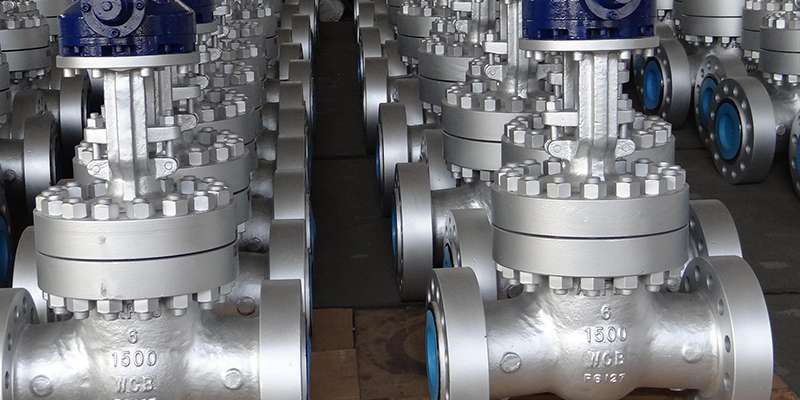



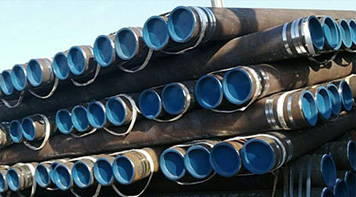 Eastern Steel Manufacturing Co.,Ltd not only improve product production and sales services, but also provide additional value-added services. As long as you need, we can complete your specific needs together.
Eastern Steel Manufacturing Co.,Ltd not only improve product production and sales services, but also provide additional value-added services. As long as you need, we can complete your specific needs together.
